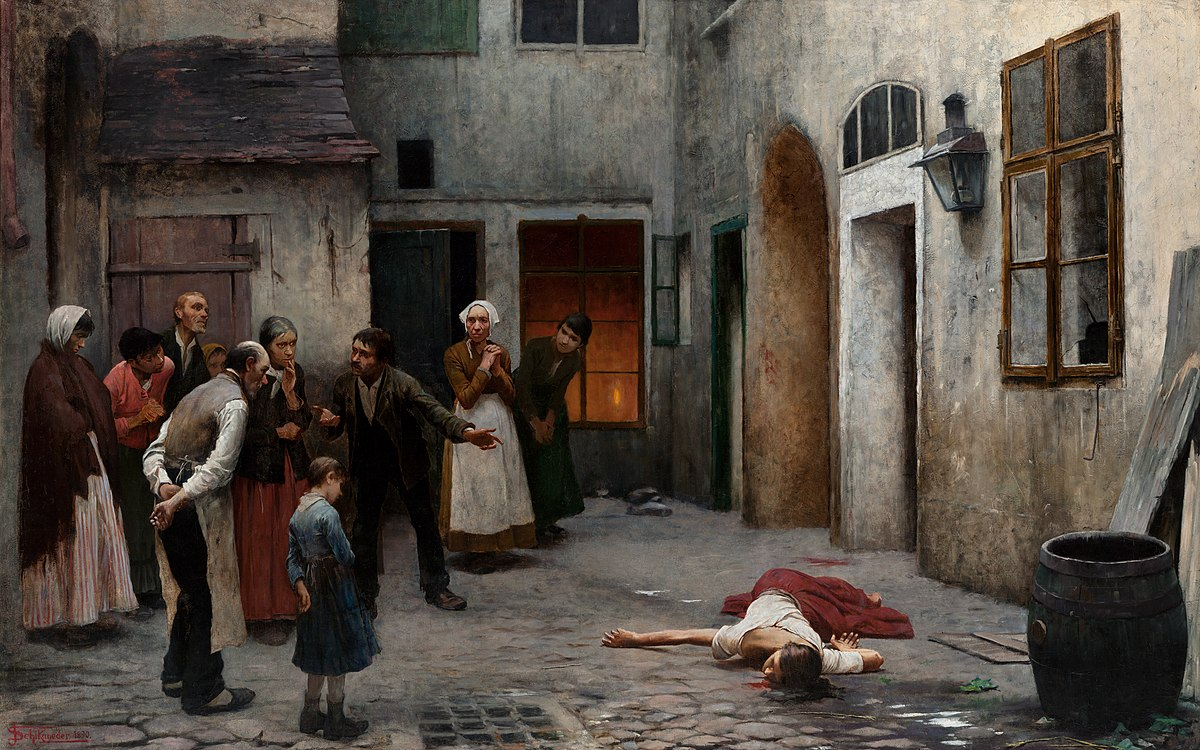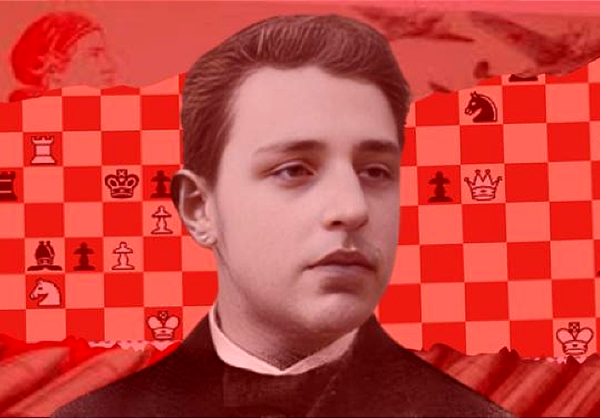The serial-killer media industrial complex

Sarah Marshall asks why we are so fascinated with serial killers: "How are we even to know that Samuel Little had a photographic memory if almost all the women in his drawings look so much like one another? Why did the seventy-nine-year-old man who happened to be the most prolific murderer in American history also happen to have one of the most impressive memories in American history? And if you’ve committed just a handful of murders—an unremarkable number, one that won’t even get you on the leaderboard—then wouldn’t it be, well, not a terrible idea to confess to a few dozen more? What if it makes you into something special, and helps the police close unsolved cases all over the country, and makes a great story for the people on TV, who will all want to talk to you now?"

Why did the Roman Baths disappear?
Bathing in massive public baths was once a hallmark of what it meant to be Roman. But in the late Roman Empire, many of these baths closed to the public or were turned into other structures altogether. New research by Jordan Pickett, an archaeologist and environmental historian at the University of Georgia, reveals that a combination of social, financial, and environmental challenges contributed to the decline of large public bathing complexes in Rome and elsewhere in the Empire. While popular myths for the disappearance of Roman bathing once focused on Christian opposition to nudity, his research focuses on social and environmental history as pivotal ways for understanding the decline in large-scale bathing in the late Roman Empire.

The self-proclaimed king who doesn't recognise Germany
The Kingdom of Germany is a self-proclaimed independent state - complete with its own self-appointed king. Peter the First, as he prefers to be known, receives visitors in a rather gloomy wood-panelled hall. It's about a decade since his coronation - there was a ceremony, complete with orb and sceptre - and the foundation of his so-called kingdom, which mints its own money, prints its own ID cards and has its own flag. He's what's known in Germany as a "Reichsbürger" (Citizen of the Reich), one of an estimated 21,000 people who are defined by the country's intelligence agencies as conspiracy theorists who don't recognise the legitimacy of the post-war German state.

The secret lives of MI6’s top female spies
Kathy is one of four directors-general at SIS, each of whom reports to the chief, known as “C”. For the first time, three of them are women. They work in the most important and rapidly evolving areas of spycraft. Kathy is director of operations. Rebecca is the chief’s deputy, who oversees strategy. The most storied MI6 job of all belongs to Ada, who is the head of technology, known as “Q” after James Bond’s mastermind gadgeteer. Helen Warrell of the Financial Times spent six months interviewing them about how they reached the top in a traditionally male career and trying to understand what the life of a female spy is really like. Since the chief of MI6 is the only member of the agency who is named or permitted to speak in public, and because all of them have been men, this is the first time that female SIS officers have ever spoken on the record.

Dying to compete: The dangerous world of competitive bodybuilding
Alena Kosinova was hunched over a fan waiting for her spray tan to dry when she realized she couldn’t move. It was hours before the 2021 Europa Pro contest and the Czech bodybuilder was cramping again — just like she had at a contest in Portugal weeks earlier. Kosinova was known by friends and competitors for embracing the extremes of bodybuilding — the training, the dieting, the drugs. But on that steamy August morning, her voice quivered as she whispered to another Czech athlete, Ivana Dvorakova, “I won’t be able to do it. I feel really ill.” Kosinova, a 46-year-old mother who dreamed of winning the prestigious Olympia, died before the competition was over.

Secrets of the Christmas Tree trade
Owen Long writes for the Washington Post about the cut-throat world of Christmas tree sellers: "I’ve worked spring, summer, fall, and winter for Santa Claus — or, rather, for a man who looks exactly like Santa Claus, and possibly thinks he is Santa Claus, and is, fittingly, one of the top sellers of Christmas trees in New York City. A lot of people see the quaint plywood shacks that appear on sidewalks just before Thanksgiving, each with its own tiny forest of evergreens, and they imagine that every one is independently owned, maybe by jolly families of lumberjacks looking to make a few holiday bucks. That’s what I thought, anyway. In reality, a few eccentric, obsessed, sometimes ruthless tycoons control the sale of almost every single tree in the city. They call themselves “tree men,” and they spend 11 months a year preparing for Christmastime — which, to them, is a blistering 30-day sprint to grab as much cash as they can.

A squirrel getting drunk on fermented pears
Squirrel getting drunk on fermented pears pic.twitter.com/zClfTktc22
— B&S (@_B___S) November 30, 2022



